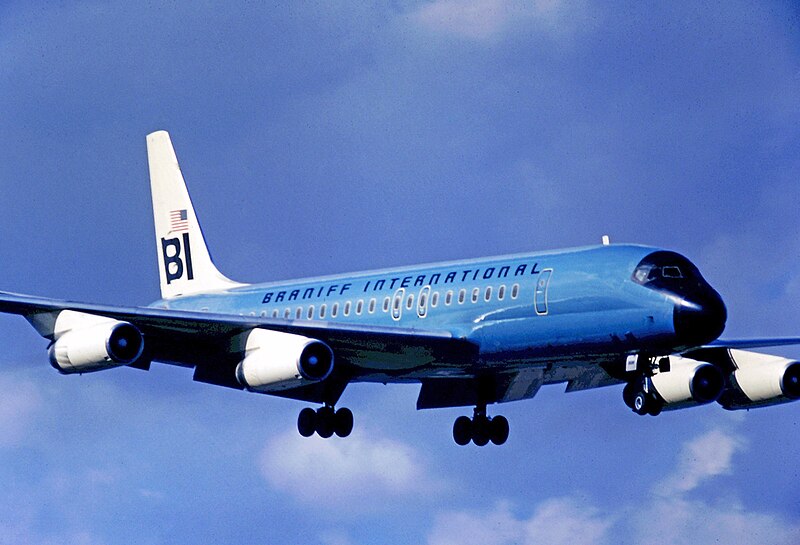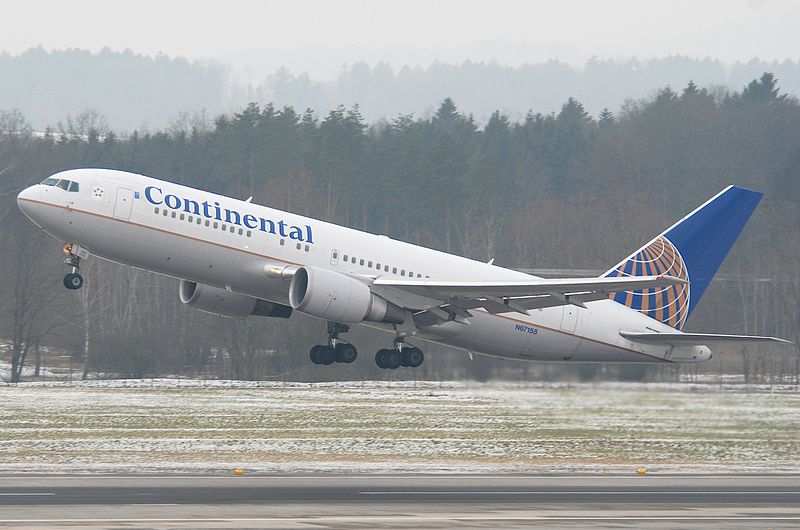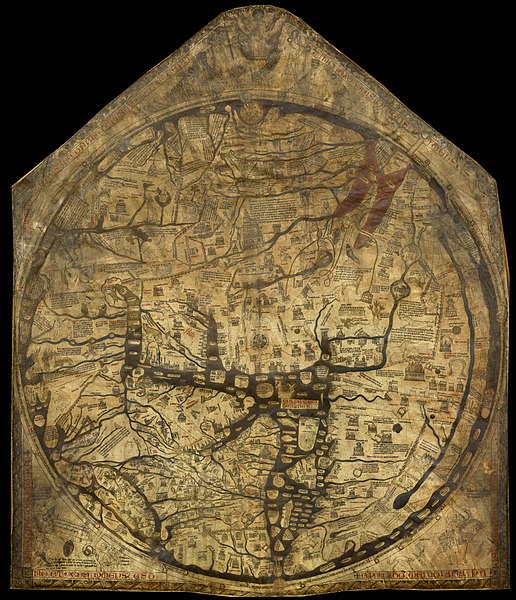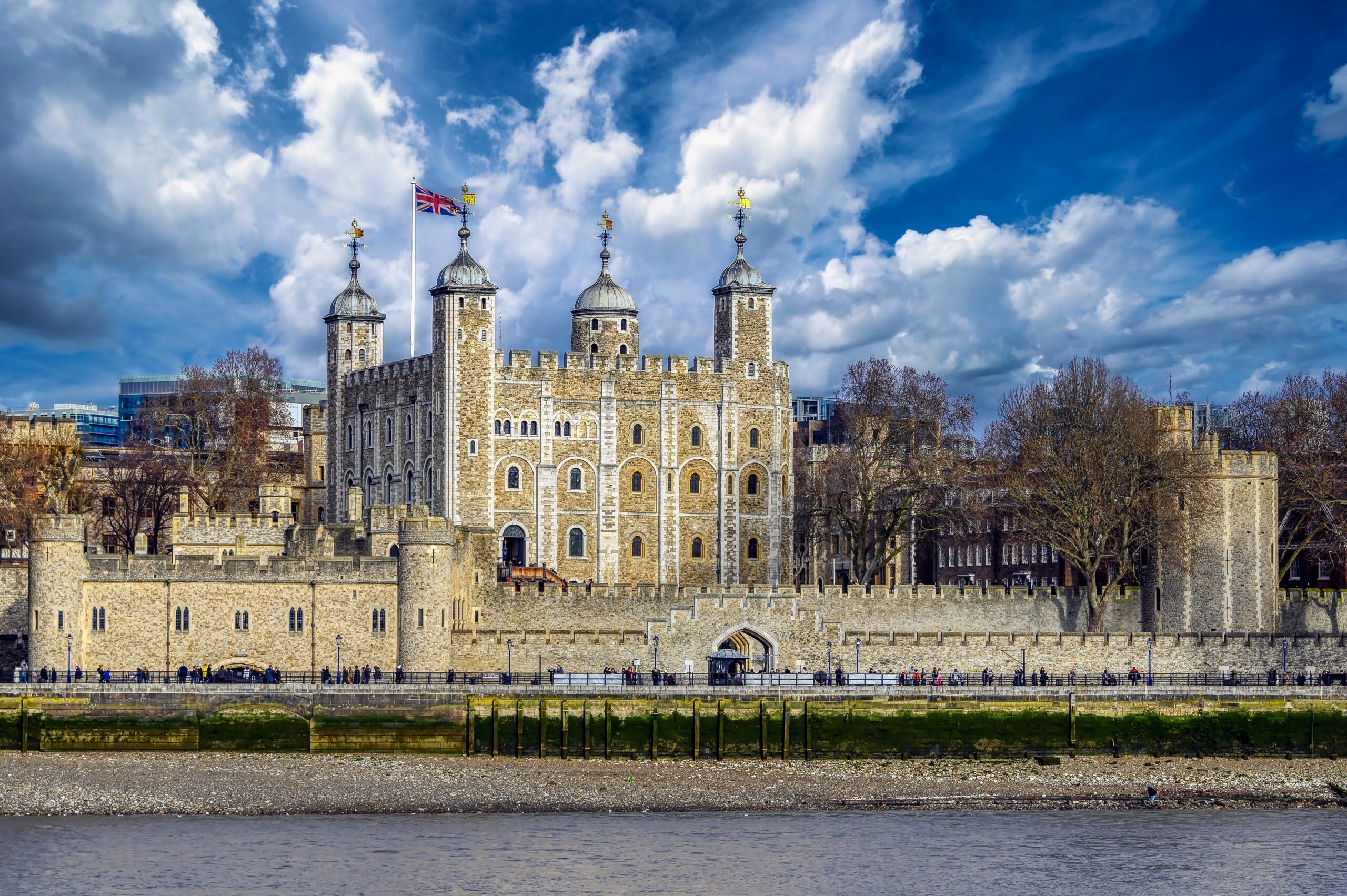The history of aviation is filled with iconic airlines that once dominated the skies but eventually disappeared due to changing markets, financial struggles, or fierce competition. These defunct airlines were pioneers in their time, setting standards for innovation, luxury, and customer service. From trailblazing international carriers to beloved regional favorites, they played a significant role in shaping the airline industry as we know it today. While they no longer operate, their legacies continue to influence modern aviation and inspire nostalgia among travelers. This list highlights 20 defunct airlines that once ruled the skies, offering a glimpse into their remarkable histories and lasting impact.
Pan American World Airways (Pan Am)

Once synonymous with international luxury travel, Pan Am was a pioneer in global aviation. It introduced the world to innovations like in-flight entertainment and the first jet-powered transatlantic passenger service. Founded in 1927, the airline expanded rapidly, connecting continents and cultures. Its iconic blue globe logo became a symbol of prestige in the aviation industry. Financial troubles, increasing competition, and rising operational costs led to its closure in 1991. Despite its demise, Pan Am left an indelible legacy in aviation history. Today, its name evokes nostalgia and admiration for an era of elegance in the skies.
Trans World Airlines (TWA)

TWA was a dominant player in American aviation for much of the 20th century. Known for its glamorous image, the airline catered to Hollywood stars and business elites. Its hub at the futuristic TWA Flight Center in JFK Airport symbolized the jet age. With origins dating back to 1930, TWA was among the first to operate transcontinental flights in the U.S. Mismanagement and competition forced the airline into financial trouble, leading to its acquisition by American Airlines in 2001. Many still remember its fleet of Lockheed Constellations as icons of mid-century air travel. The airline’s influence persists through its cultural references and architectural legacy.
Eastern Air Lines

Eastern Air Lines was a cornerstone of the U.S. domestic aviation market for decades. Founded in 1926, it built a reputation for reliable service and strong branding. The airline was a major competitor in the burgeoning Miami and New York markets. It also played a key role in developing air routes across Latin America. Labor disputes and the deregulation of the airline industry in the 1980s contributed to its collapse in 1991. The brand was briefly revived in 2015 but failed to regain its former glory. Eastern’s iconic “hockey stick” livery remains an enduring image of classic aviation.
Braniff International Airways

Braniff International Airways stood out for its bold and colorful branding during the 1960s and 1970s. Known as the “airline that believed in art,” Braniff collaborated with designers like Alexander Girard and Emilio Pucci to redefine airline aesthetics. It introduced vibrant plane liveries and chic flight attendant uniforms, setting it apart from competitors. The airline also operated some of the first transcontinental and Latin American routes from the U.S. Financial instability and rapid expansion led to its bankruptcy in 1982. Braniff’s innovative marketing strategies remain a case study in branding excellence. Aviation enthusiasts still admire its creative approach to air travel.
Continental Airlines

Though eventually merged with United Airlines in 2012, Continental Airlines once commanded significant influence. It was founded in 1934 and served domestic and international markets with an extensive route network. The airline was known for its customer-focused service and modern fleet. During the 1980s, Continental introduced a “hub-and-spoke” system that revolutionized its operations. Despite its successes, industry consolidation led to its merger, which ended the Continental name. Many loyal passengers fondly recall the “golden tail” logo and its slogan, “We really move our tail for you.” Its legacy continues as part of United’s operational framework.
Swissair

Swissair was once regarded as the “Flying Bank” due to its financial stability and impeccable service. Established in 1931, it became a symbol of Swiss precision and reliability. The airline expanded its international network rapidly during the post-World War II boom. Known for its attention to passenger comfort, Swissair was a leader in innovation. Overextension and poor management decisions in the 1990s resulted in its bankruptcy in 2001. The airline’s collapse was a shock to the aviation world, given its reputation for excellence. Its successor, Swiss International Air Lines, carries some of its traditions forward.
British Caledonian Airways

Operating primarily from the U.K., British Caledonian was a symbol of Scottish pride in aviation. It emerged in 1970 through the merger of British United Airways and Caledonian Airways. The airline focused on long-haul and European routes, offering competitive pricing and quality service. Its tartan tail design and slogan, “We never forget you have a choice,” became widely recognized. Despite its charm, financial struggles forced it into a merger with British Airways in 1988. Aviation enthusiasts remember its role in challenging BA’s monopoly on international routes. The airline’s brand remains a nostalgic favorite among British travelers.
Sabena

Belgium’s national airline, Sabena, operated for nearly 80 years before its bankruptcy in 2001. Founded in 1923, it was one of Europe’s oldest airlines and a pioneer in intercontinental travel. Sabena connected Brussels to destinations across Africa, Asia, and the Americas. Its luxurious service attracted business travelers and tourists alike. Mismanagement and a failed partnership with Swissair contributed to its downfall. Brussels Airlines, its successor, continues to operate some of its former routes. Sabena’s history reflects both the triumphs and challenges of European aviation.
Aloha Airlines

Aloha Airlines played a crucial role in inter-island travel in Hawaii for over six decades. Established in 1946, it became synonymous with affordable and efficient service between the islands. The airline was beloved for its friendly staff and aloha spirit. Despite its popularity, competition and rising fuel costs forced it to cease operations in 2008. Its fleet of Boeing 737s was a familiar sight in Hawaiian skies. Former employees and passengers fondly remember the airline’s contributions to local tourism and commerce. Aloha Airlines’ story remains a reminder of the challenges faced by regional carriers.
National Airlines

National Airlines was a trailblazer in connecting Florida to the rest of the U.S. Founded in 1934, it quickly gained a reputation for reliable service and innovation. The airline introduced jet service to its routes in the 1950s, making air travel more accessible. Its acquisition by Pan Am in 1980 marked the end of its independent operations. Despite its absorption, National Airlines left a lasting impression on the industry. Its bright orange and white livery is still remembered by aviation enthusiasts. The airline’s legacy includes its role in shaping the Florida tourism boom.
Northwest Airlines

Northwest Airlines, established in 1926, was a major force in U.S. aviation for decades. Known for its extensive domestic routes and pioneering transpacific services, it became a trusted name in air travel. The airline introduced innovative safety measures and had one of the most modern fleets in its heyday. By the early 2000s, Northwest faced intense competition and financial challenges, leading to its merger with Delta Air Lines in 2008. Many frequent flyers recall its WorldPerks loyalty program, one of the first in the industry. The airline’s iconic red tail design became a symbol of reliability. Northwest’s legacy lives on in Delta’s operations today.
Western Airlines

Western Airlines began operations in 1926 and was once the oldest continuously operating airline in the United States. Known as “The Only Way to Fly,” it catered to passengers traveling to the western U.S., Mexico, and Canada. The airline was a trailblazer in leisure travel, offering affordable vacation packages to destinations like Hawaii. Financial issues and increased competition led to its merger with Delta Air Lines in 1987. Its quirky advertisements and friendly service left a lasting impression on travelers. Western’s distinctive “W” logo remains an icon of vintage aviation. Many remember it as an airline that made flying enjoyable and accessible.
Ansett Australia

Ansett Australia was a prominent name in Australian aviation from its founding in 1935 to its closure in 2001. Known for its impeccable service and commitment to passenger satisfaction, it was a favorite among domestic and international travelers. Ansett’s innovative marketing campaigns and modern fleet positioned it as a leader in the region. Unfortunately, financial mismanagement and competition from low-cost carriers led to its downfall. The airline’s collapse shocked Australia, leaving a gap in its aviation market. Today, former employees and passengers remember Ansett with great fondness. Its distinctive “Golden Star” logo is still associated with quality and reliability.
ValuJet Airlines

ValuJet Airlines was a low-cost carrier that gained significant popularity in the early 1990s. Known for its no-frills approach, it catered to budget-conscious travelers across the U.S. The airline expanded rapidly, but a tragic crash in 1996 revealed serious safety oversights. After the incident, ValuJet faced intense scrutiny and a tarnished reputation. In 1997, it rebranded as AirTran Airways, which was later acquired by Southwest Airlines. Despite its brief history, ValuJet sparked conversations about balancing affordability and safety in aviation. It remains a notable example of the challenges faced by budget airlines.
Midway Airlines

Midway Airlines was a pioneer of hub-and-spoke operations at Chicago’s Midway Airport. Founded in 1976, it aimed to provide affordable service to secondary airports, avoiding the congestion of major hubs. The airline became popular among business travelers for its efficient service and competitive fares. Deregulation and financial missteps, however, led to its closure in 1991. A second incarnation emerged but was short-lived, ending in 2003. Midway Airlines is remembered for its role in revitalizing Midway Airport and challenging industry norms. Its strategy inspired many subsequent low-cost carriers.
Tower Air

Tower Air was a U.S.-based airline that operated from 1983 to 2000, primarily serving long-haul routes. Known for its low fares, it attracted budget-conscious travelers and military personnel. The airline operated an all-Boeing 747 fleet, offering substantial capacity on its international routes. However, inconsistent service quality and mechanical issues tarnished its reputation over time. Financial difficulties eventually forced Tower Air to cease operations. Despite its challenges, the airline played a role in making transatlantic travel more accessible. It holds a unique place in the history of low-cost, long-haul carriers.
Mexicana de Aviación

Mexicana de Aviación, founded in 1921, was one of the oldest airlines in the world. It served as Mexico’s flagship carrier, connecting the country to destinations across the Americas and Europe. Known for its excellent service and iconic eagle logo, Mexicana was beloved by travelers. Financial mismanagement and labor disputes led to its suspension in 2010, leaving a significant void in the market. Efforts to revive the airline have been ongoing but remain uncertain. Mexicana’s history reflects the evolution of aviation in Latin America. It remains a symbol of Mexican pride in the skies.
BMI (British Midland International)

BMI was a major player in European aviation, operating for nearly 75 years. Established in 1938, it grew from a small domestic airline to an international carrier with a strong presence at London Heathrow. Known for its stylish branding and exceptional service, BMI won numerous awards. Its acquisition by Lufthansa and subsequent absorption into British Airways in 2012 marked the end of its independent identity. Many passengers fondly recall its frequent flyer program and comfortable seating. BMI played a vital role in expanding connectivity within Europe. Its legacy persists through its influence on British Airways’ operations.
Monarch Airlines

Monarch Airlines served as a key British charter airline from 1968 until its collapse in 2017. Specializing in affordable holiday travel, it flew millions of passengers to sunny destinations across Europe and beyond. Monarch adapted to market trends, transitioning from charter to scheduled services in its later years. Despite its popularity, rising fuel costs and increased competition from budget carriers proved insurmountable. The airline’s closure was a significant blow to the U.K. aviation industry. Many passengers remember Monarch for its friendly service and reliability. Its colorful livery remains a nostalgic reminder of British leisure travel.
Hughes Airwest

Hughes Airwest was a regional U.S. airline with a distinctive yellow livery, earning it the nickname “Top Banana in the West.” Founded in 1968, it operated in the western U.S. and Mexico, focusing on short-haul routes. The airline was owned by billionaire Howard Hughes, adding an air of glamour to its operations. Known for its creative advertising campaigns and customer-focused service, Hughes Airwest stood out in a crowded market. Financial difficulties led to its acquisition by Republic Airlines in 1980. Aviation enthusiasts still admire its bold branding and innovative spirit. Hughes Airwest exemplified the golden era of regional aviation.
This article originally appeared on Rarest.org.
More From Rarest.Org
The world of fashion isn’t just for the young. Some of the most captivating faces in modeling have embraced age and experience. These models, with decades of life behind them, bring depth, elegance, and wisdom to their work. Read more.
Maps have long been more than just tools for navigation, they are windows into the knowledge, ambitions, and creativity of the people who made them. Some historic maps are so rare that only a handful of copies, or even a single version, survive today. Read more.
London is a city where history and modernity blend seamlessly, and its ancient buildings are living proof of its rich past. From medieval churches and royal palaces to Roman walls and bustling markets, these structures have stood the test of time, each with its own story to tell. Read more.



